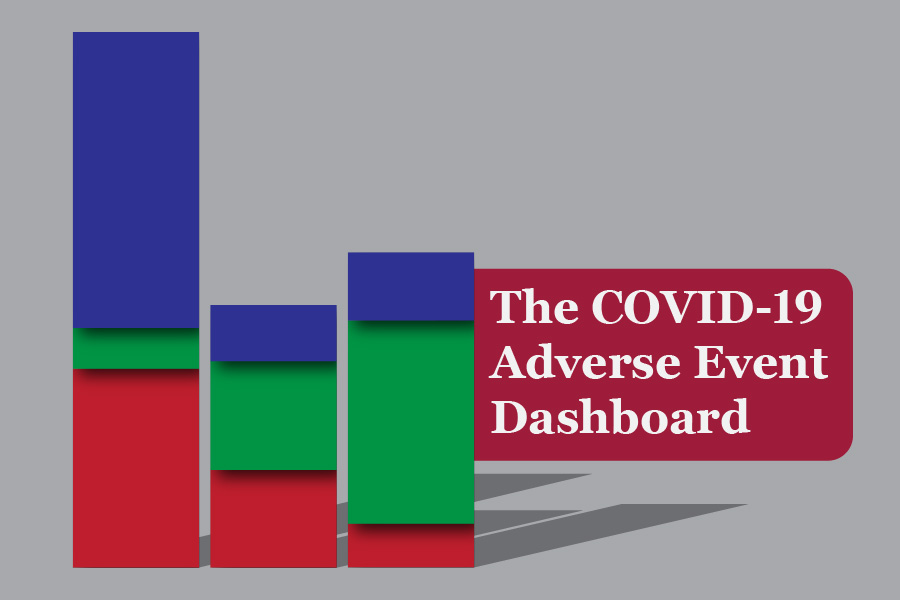The FDA’s adverse event reporting system (FAERS) is a web-based tool that allows users to interactively search and query adverse event data. The tool intends to provide users access to adverse event reports submitted by the pharmaceutical industry, health care practitioners, and consumers.1
As the number of drugs and biologics authorized under the COVID-19 EUA umbrella is increasing, FDA realized the need to capture information for COVID-19 emergency use authorization products. The COVID-19 EUA FAERS public dashboard updates weekly with adverse events related to drugs and biologics authorized to be marketed under the COVID-19 EUA.1
While FAERS is a helpful tool to provide information about adverse events reported to the FDA, there are certain limitations to this data:1
- While the FAERS reports contain information about the usage of the drug or biologic it does not necessarily mean that the drug or biologic caused the adverse event. The event may have been caused by underlying diseases, comorbidities, or some other drug.
- There may be duplicate or incomplete reports in the system and may not provide all the required information.
- The information submitted in these reports has not been verified by any health care agency or medical experts.
- These reports cannot be used to establish incidence or occurrence rates.
Users should also note that the data in FAERS is not an indicator of the safety profile of the drug or biologic. The data uploaded to the FAERS is important to the FDA to look for new safety concerns, evaluate the manufacturer’s compliance with the regulations, etc. These reports are also evaluated by FDA’s clinical reviewers for trends that help the Agency to take appropriate actions such as inspections and other types of enforcements.1
The FAERS is a step towards FDA’s initiative to collect real-world evidence and use it for monitoring purposes. I strongly believe that initiatives such as the NEST program (National Evaluation System for Health Technology) will further advance this effort and allow for more evidence-based decision-making. EMMA International is here to help you with all your quality and regulatory needs. Call us today at 248-987-4497 or email us at info@emmainternational.com to find out more.
1FDA (2021) FDA Adverse Event Reporting System (FAERS) Public Dashboard retrieved on 03/20/2021 from https://www.fda.gov/drugs/questions-and-answers-fdas-adverse-event-reporting-system-faers/fda-adverse-event-reporting-system-faers-public-dashboard






